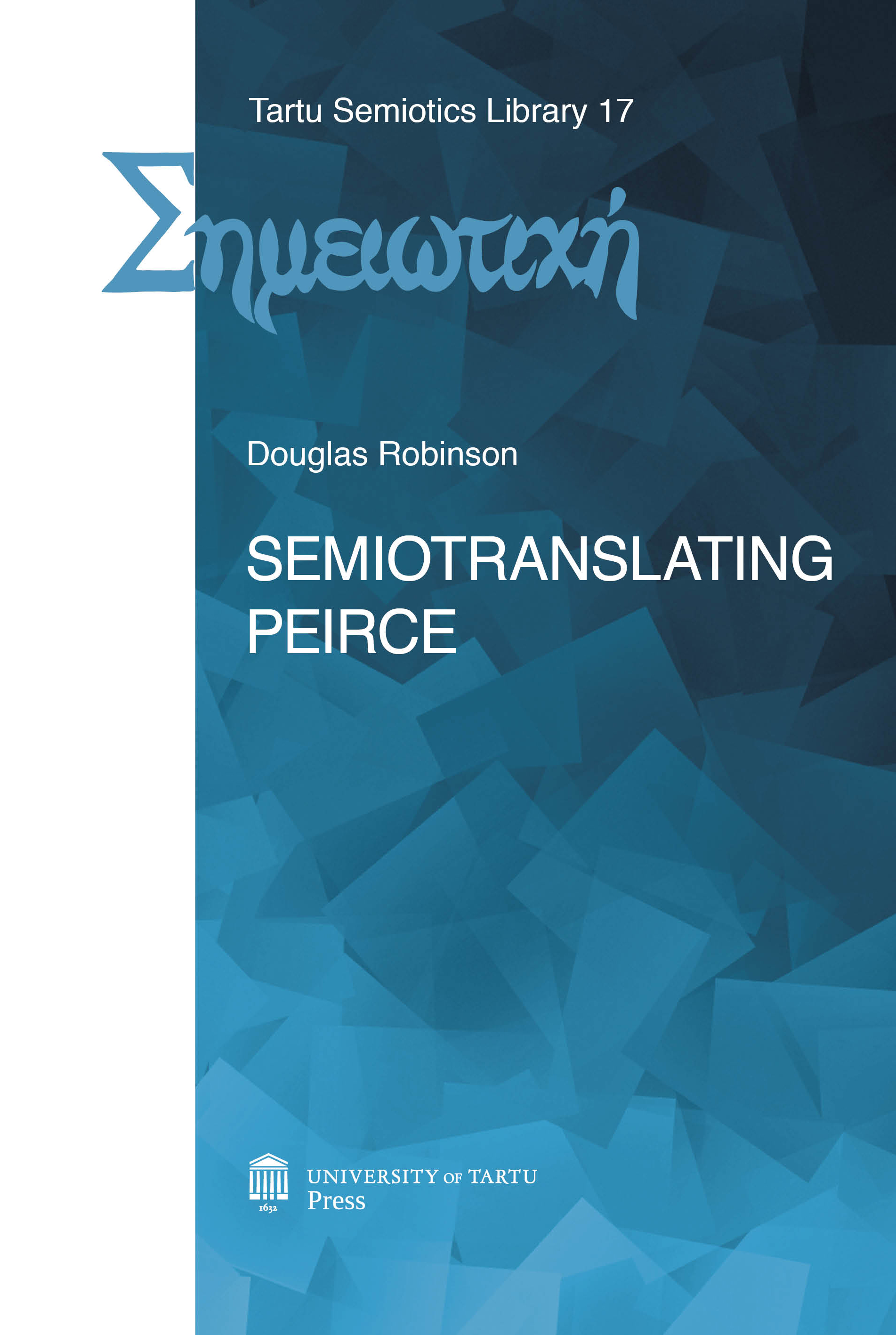Chapter 5. - Test case 3: Semiotranslating Wittgenstein into English
Chapter 5. - Test case 3: Semiotranslating Wittgenstein into English
Author(s): Douglas RobinsonSubject(s): Semiotics / Semiology, Semiology, Translation Studies
Published by: Tartu Ülikooli Kirjastus
Keywords: Semiotranslation; Wittgenstein; Semiotic movement;
Summary/Abstract: I mentioned in Chapter 4 that Gorlée tends to make big deductive claims (Thirds) about translation based on her reading of Peirce, and wild, interesting, bold, exciting, but also highly disjointed abductions (Firsts) that seem to be extruded by the Peircean semiotic movement from the certainties of habit-as-Thirdness to the imaginative openness of intuition-as-Firstness (CP 2.170, c. 1902) – but tends to shy away from the kinds of inductive (practical/analytical) engagements with texts that Peirce would identify as Secondness. But this is emphatically not true in the latter part of Gorlée (2012: 187–271, fully onequarter of the book), where she first tallies the differences between Peter Winch’s (CV 1980, CV 1998) two English translations of Wittgenstein’s Vermischte Bemer kungen (VB) as Culture and Value (Gorlée 2012: 187–218) and then compares French, Spanish, German, Italian, Dutch, and Swedish translations of the Brown Book (Gorlée 2012: 219–271). I propose to devote this chapter to a look at the former only: her analysis of Peter Winch’s two English translations of Wittgenstein.
Journal: Tartu Semiotics Library
- Issue Year: 2016
- Issue No: 17
- Page Range: 115-154
- Page Count: 40
- Language: English
- Content File-PDF

